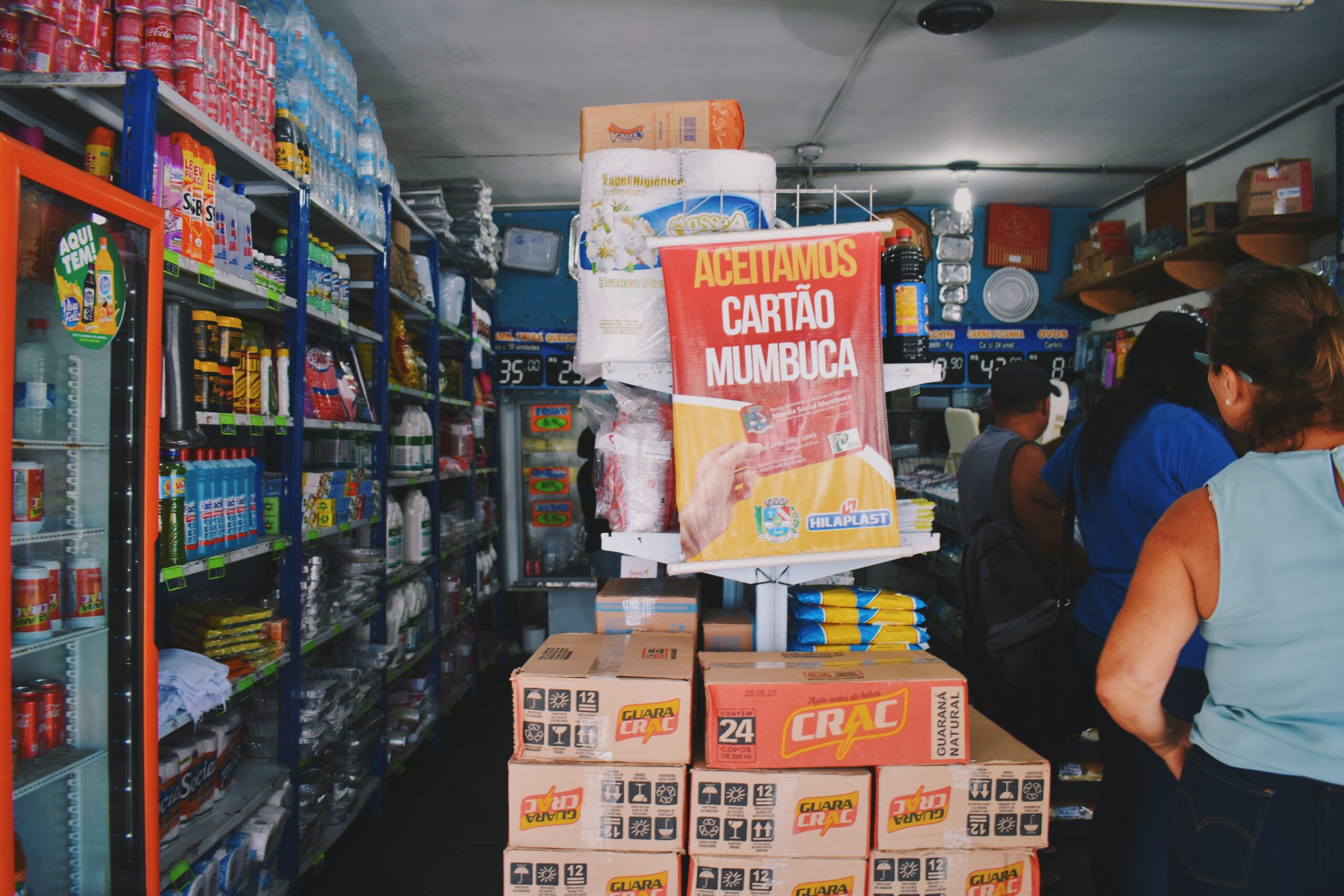Social Wealth Seminar
We Take Mumbucas: Charting the Complementary Currency That’s Transforming a Brazilian City

A new report and interactive visualization from the Jain Family Institute explore the impact of the mumbuca, one of the world’s most widely exchanged complementary currencies and a central component of the economic revitalization of Maricá, a Brazilian city of some 200,000 residents located an hour outside of Rio de Janeiro.
The report, authored by economic researcher Andrea Gama, is entitled “We Take Mumbucas: Charting the Complementary Currency that’s Transforming a Brazilian City.” Available in both English and Portuguese, the piece is accompanied by an interactive visualization by JFI’s Francis Tseng, which draws on records of all transactions conducted in the currency between 2018 and August 2020 in order to chart the evolution of the increasingly interconnected mumbuca ecosystem.
Visit the city of Maricá, an hour outside of Rio de Janeiro, Brazil, and you’ll find yourself surrounded by signs proclaiming, “We Take Mumbucas.” They are referring to a complementary currency that, since 2013, has represented a fascinating experiment in social welfare provision. That year, the city government passed a municipal law instituting the Solidarity Economy Program, with the aim of combating poverty and inequality, while promoting local development. Three main components of the program were: (i) establishing a community development bank, the Mumbuca Bank; (ii) inaugurating a local digital currency, known as the mumbuca; (iii) implementing a cash transfer program to be paid in the mumbuca, with the Mumbuca Bank acting as an intermediary between the government and beneficiaries.